Few realise that cachaça is the third most consumed spirit in the world, and it’s generally seen as firewater to outsiders. To some extent it is. Unlike rum, which usually is made from molasses, cachaça only can be made from fresh cane juice, and only can be produced in Brazil. Different types of woods to age cachaça are being experimented with all over Brazil. For example Leblon uses XO cognac casks from France, which help give it a smooth finish and fruity nose. Others are aged in native hardwoods and give off flavours of fennel, anis, and vanilla.
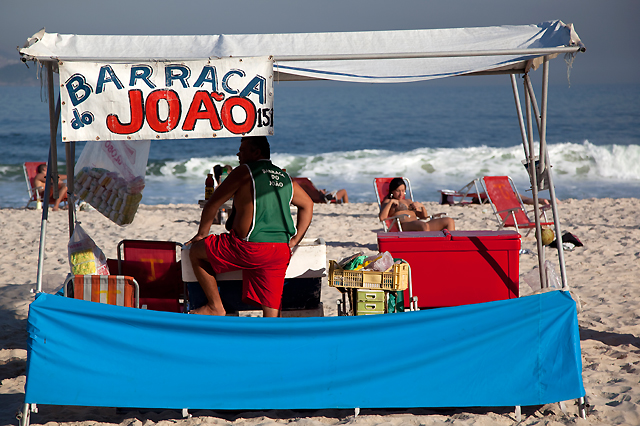
I started off with an almost traditional caipirinha – Brazil’s signature cocktail that muddles cachaça with sugar and lime. This one added a little bit of fresh passion fruit juice in it and used top shelf Leblon. Next, alongside a shot of straight Leblon – I had never sipped cachaça straight but wanted to see if I could taste the flavors of a premium brand (I could) – I ordered a batida with fresh caju, or cashew fruit, mixed with cachaça.
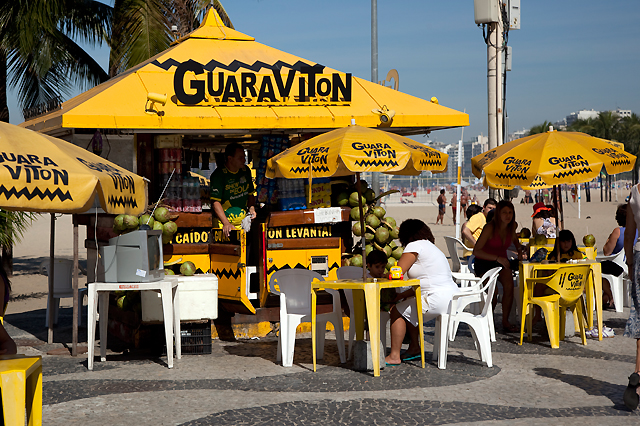
Dizzy from my lunch, I stumbled out into the bright sun of Ipanema. It was “winter” in Rio, though the beaches were still full of people. Winter here means 27 degrees Celsius. The trip was starting off right. Later that night, after a day spent recovering my senses on Leblon’s inviting beach back dropped by the Dois Irmãos (2 Brothers Mountain), I dropped by Leblon’s Academia da Cachaça to sample from their hundreds of types of cachaça, many of them only found here, and then retreated to the Marina All Suites’ killer Bar Do Lado for some snacks and to further my study into cachaça, with a drink that found Leblon being mixed with a lager and topped with a molecular gastronomic tangerine foam.
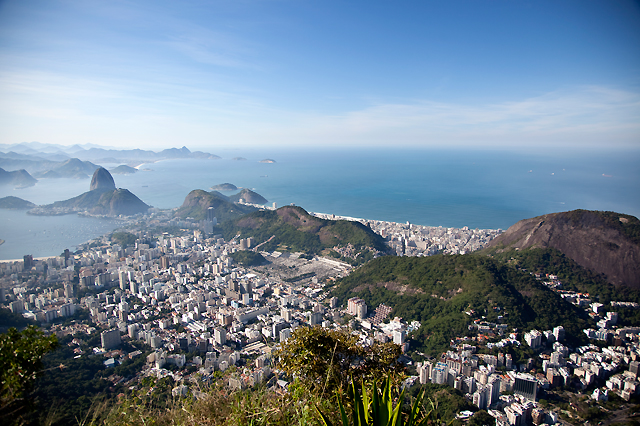
My days in Rio weren’t all in a haze, however. There are things to do here. Lots of them. When I wasn’t lounging on Rio’s 90 kilometers of beaches, I strolled through the shops in Ipanema, wandered in and out of the museums in the center, and explored the art galleries in the Bohemian district of Santa Teresa. One afternoon, I joined a tour of Rio’s notorious favelas, or hillside slums. I had always expected Rio to be far more dangerous than it actually was. It’s really no worse than Santiago or Sydney. There is crime, but not like there was a decade ago. Brazil’s rapidly expanding economy has raised the standard of living considerably among most classes. Even the favelas, which gangs and drug lords traditionally have run, are being modernised and becoming incorporated into the greater fabric of the city. My tour entered Rocinha, one of the city’s largest favelas, by passing a checkpoint with armed guards. Sometime soon, even these safety nets will disappear. Once inside, I was pleasantly surprised. Houses were made of concrete bricks and had satellite TV. People were friendly. My group munched on Acai with granola and skewered meats from the street and walked around with expensive digital cameras. I wouldn’t go on my own without a group, but I never once felt threatened. At the end of the tour, we stopped by a schoolhouse, which proceeds of the tour have built.
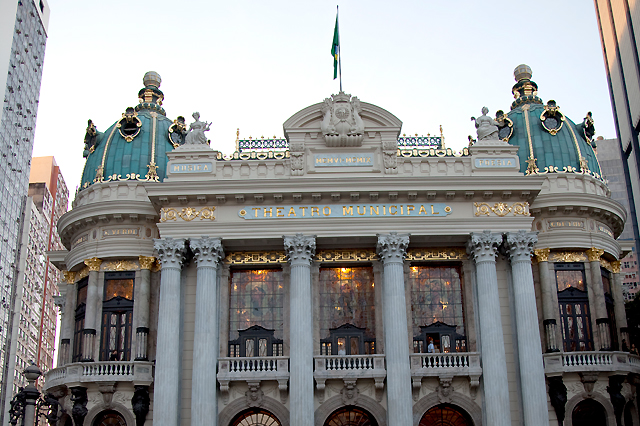
Other parts of the city proved more elusive. Even with a functioning subway and bus system, perpetual traffic jams make Rio slow to get around. In fact, it took me three tries to get to the 710 meter Corcovado, the mountain where the recently voted wonder of the world, Cristo Redentor (Christ the Redeemer), a 38 meter high statue of Jesus, looks out over the entirety of the sprawling city. On my first afternoon in town, I took a cab to the launching point for the minibuses (the tram was broke down) only to find that they had stopped running for the evening.
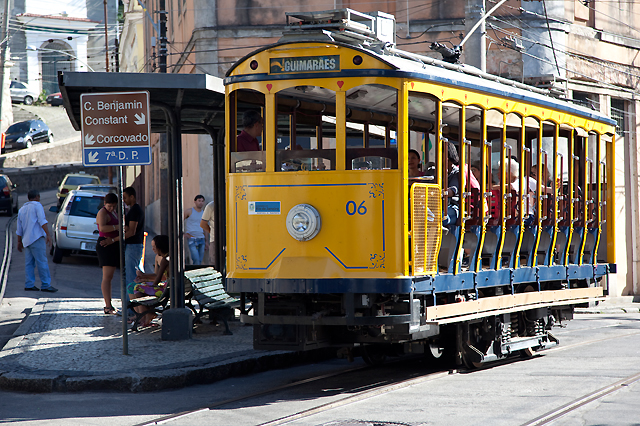
On my second attempt, I tried to take a cab from Santa Teresa, which is on a neighbouring mountain to Corcovado. On the map they look relatively close, and in Santa Teresa there are vague signs pointing to Corcovado. Event the taxi driver thought there was a way there. There wasn’t. We drove through Parque Nacional Tijuca, the largest forested area in a major metropolis in the world, a place bursting with rainforest life, only to find ourselves back in Santa Teresa one hour and 100 reais in cab fare later. It was only by taking a direct taxi from my hotel that I was able to get there. It was worth the effort.
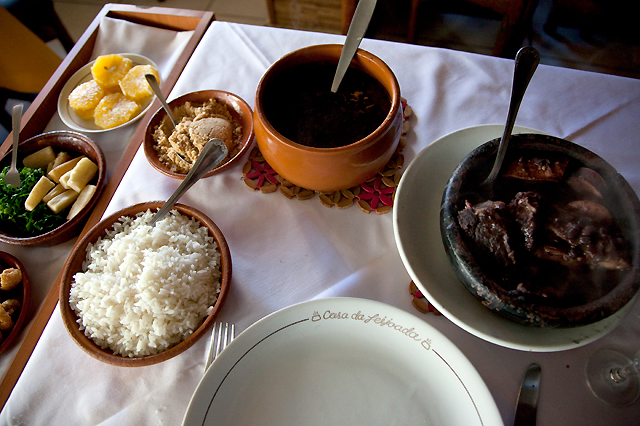
And just when I thought to know Rio, I would be surprised again. On my last night in Rio, I trotted over to the sleek Le Pré Catelan restaurant inside the superbly located Hotel Sofitel on Copacabana Beach not far from Ipanema. There Chef Roland Villard serves an 11-course Amazonian Tasting Menu that ranks among the best meals I have ever had the pleasure of eating. Though Villard is French, like an increasing number of chefs in Brazil, he has begun to apply contemporary culinary techniques to the country’s rarest and most exotic ingredients.
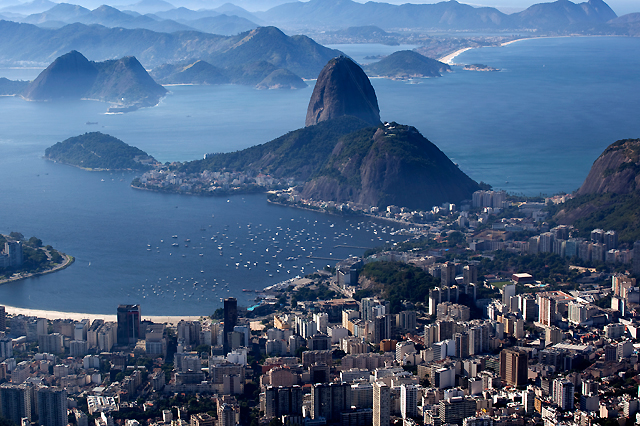
Three years of research went into the design of the menu. From the first course, I was swept up in the magic of the experience. The Brandade – a Provençal preparation of salted cod – was transformed with tucunaré fish and coconut milk.
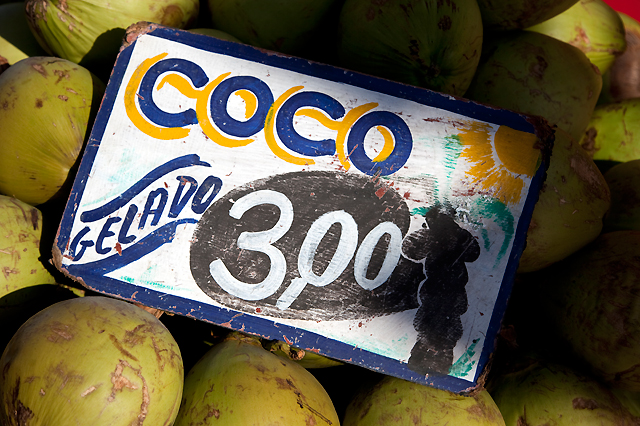
It was served in a hand-carved bowl from the Marajó indigenous group and, instead of a spoon, the scale of a pirarucu fish was provided. Sharing the same plate were Tapioca biju crêpes filled with flat lobster and fresh hearts of palm. A brilliantly flavoured pepper jelly adjoined it. Eleven plates and several glasses of wine later, I had been given a glimpse of some of the far-off corners of the country. There was still so much more of Brazil to see




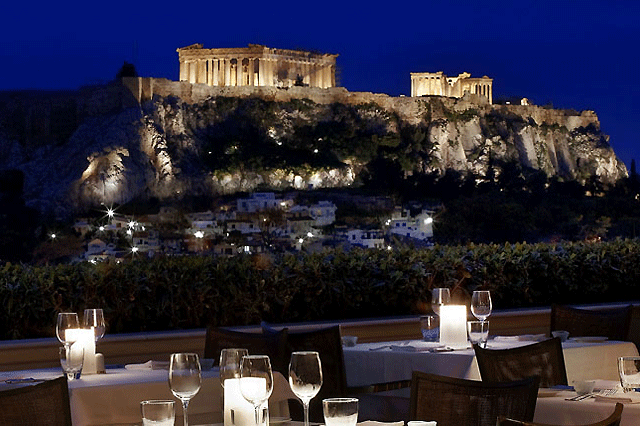

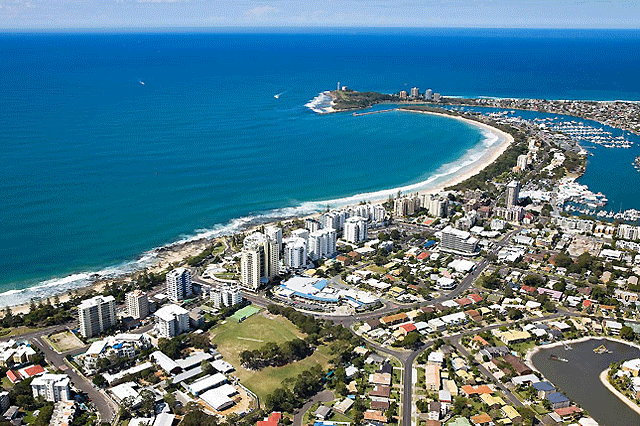
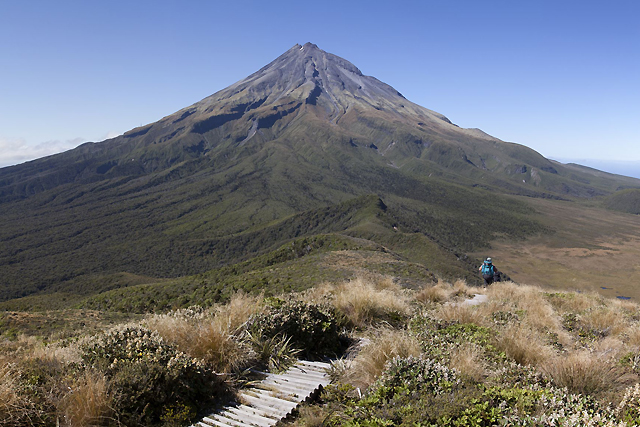

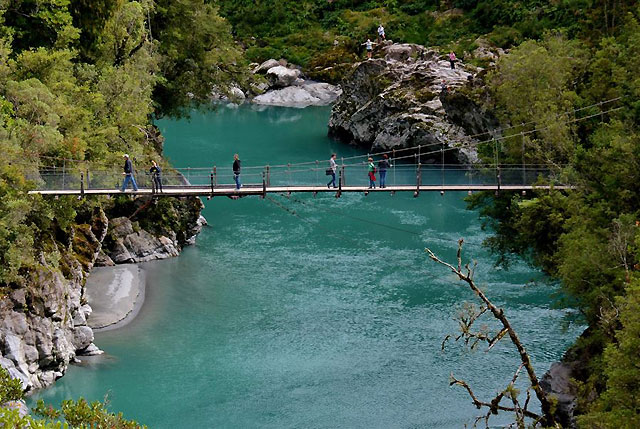

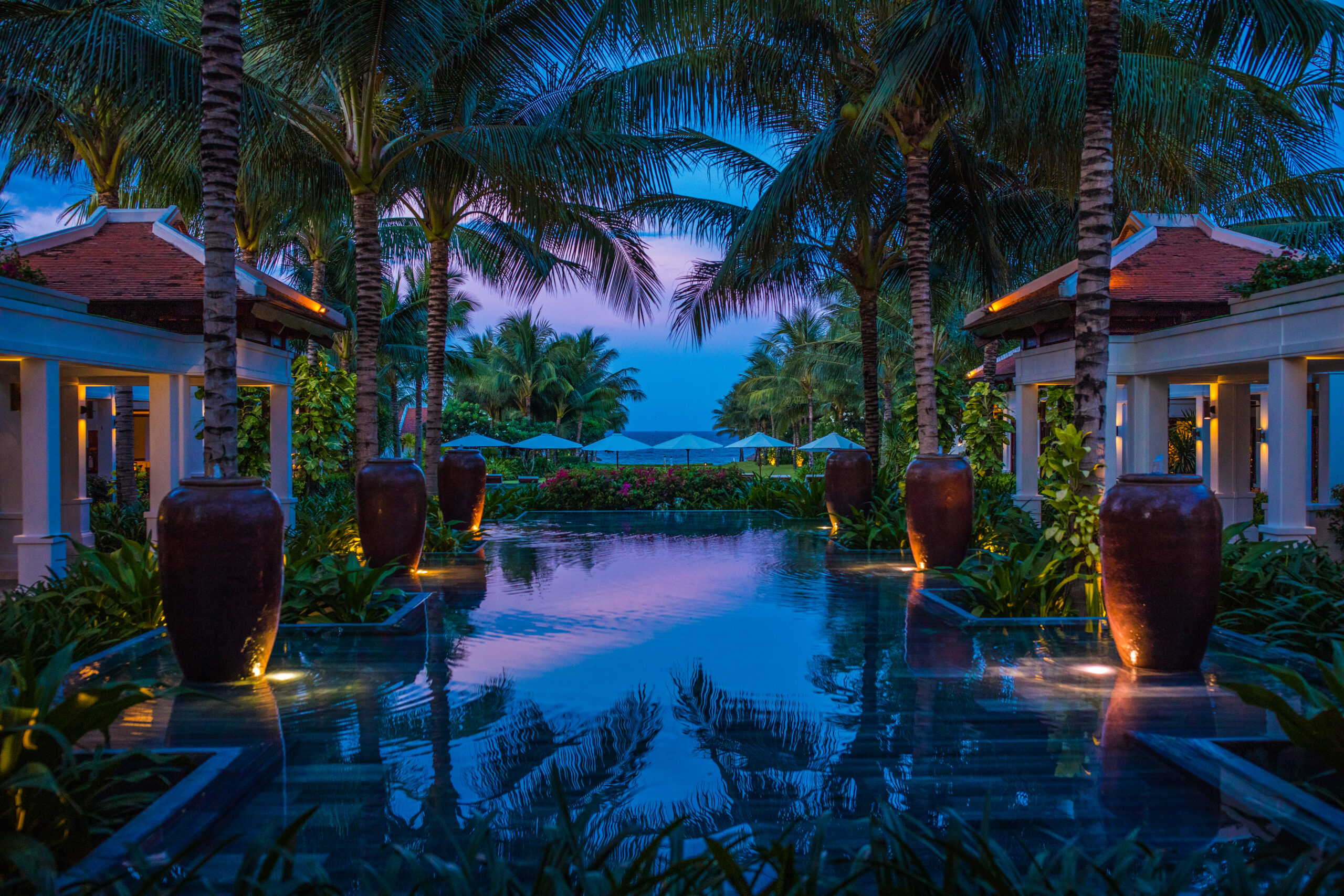
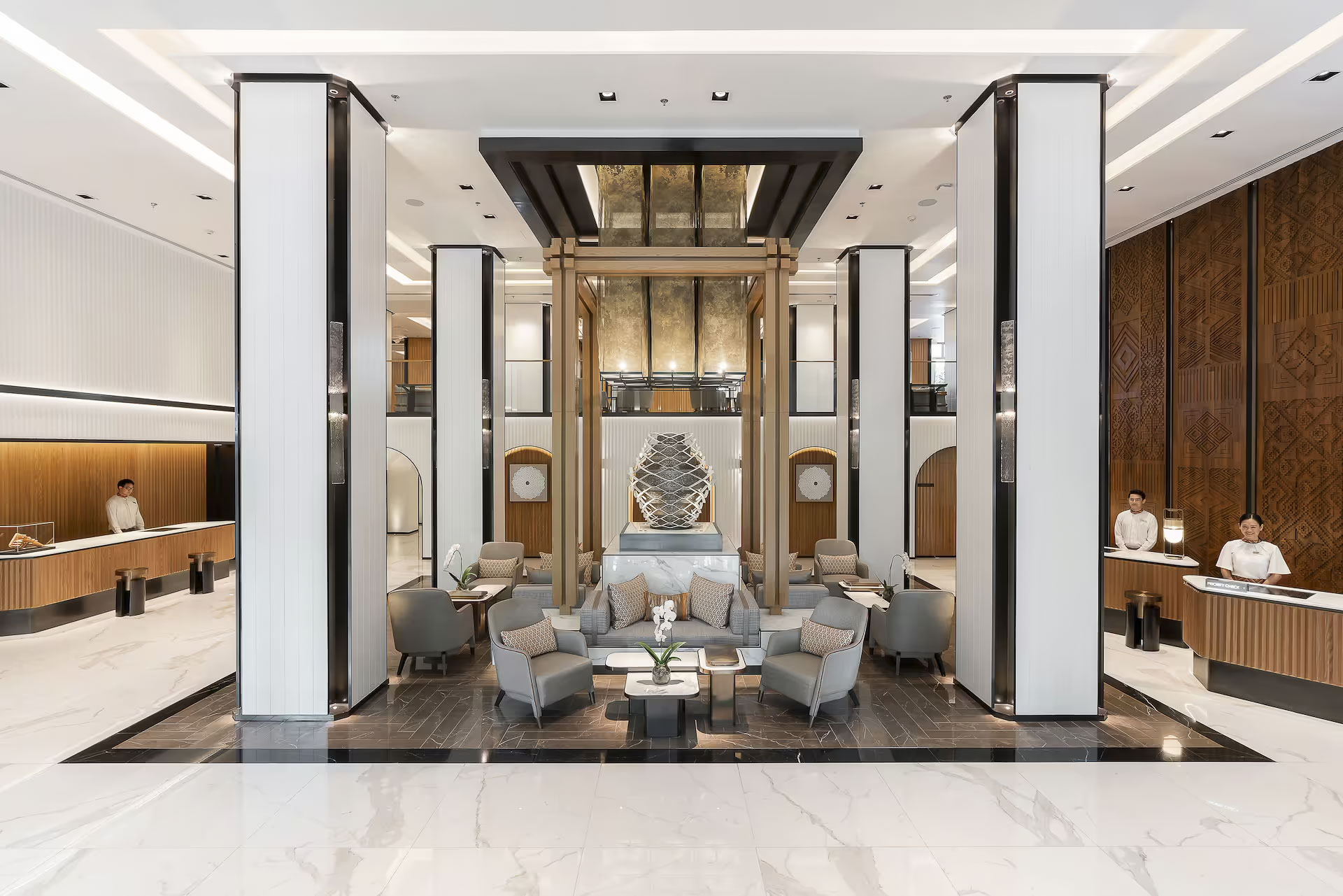
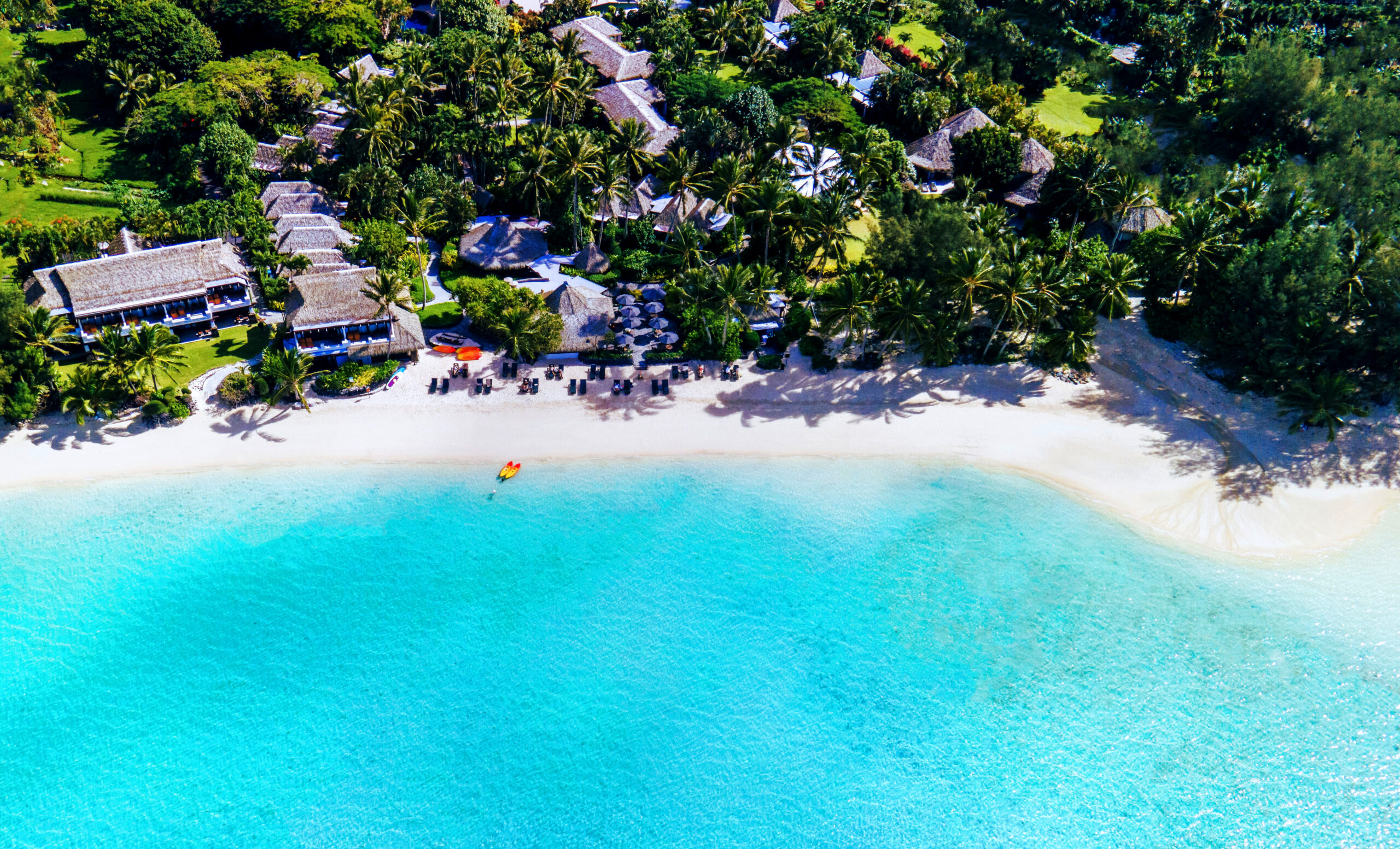

Recent Comments